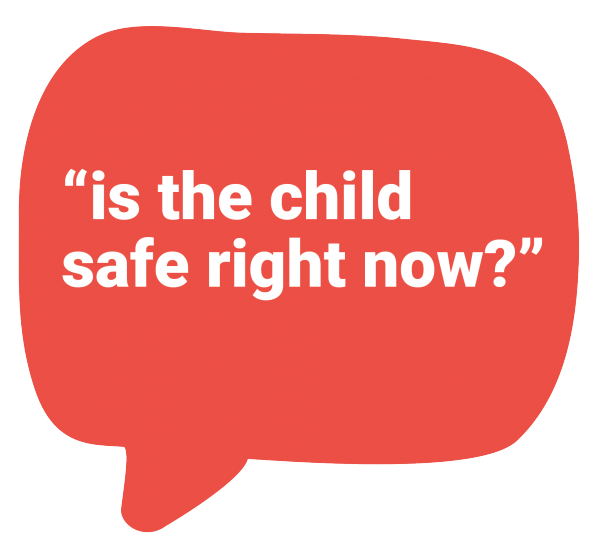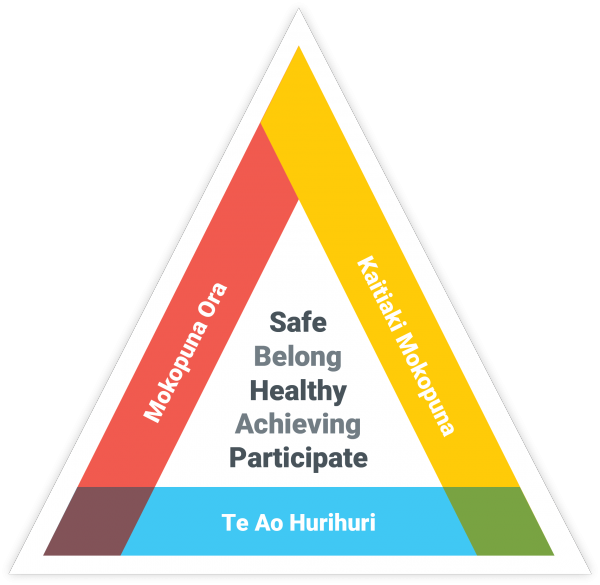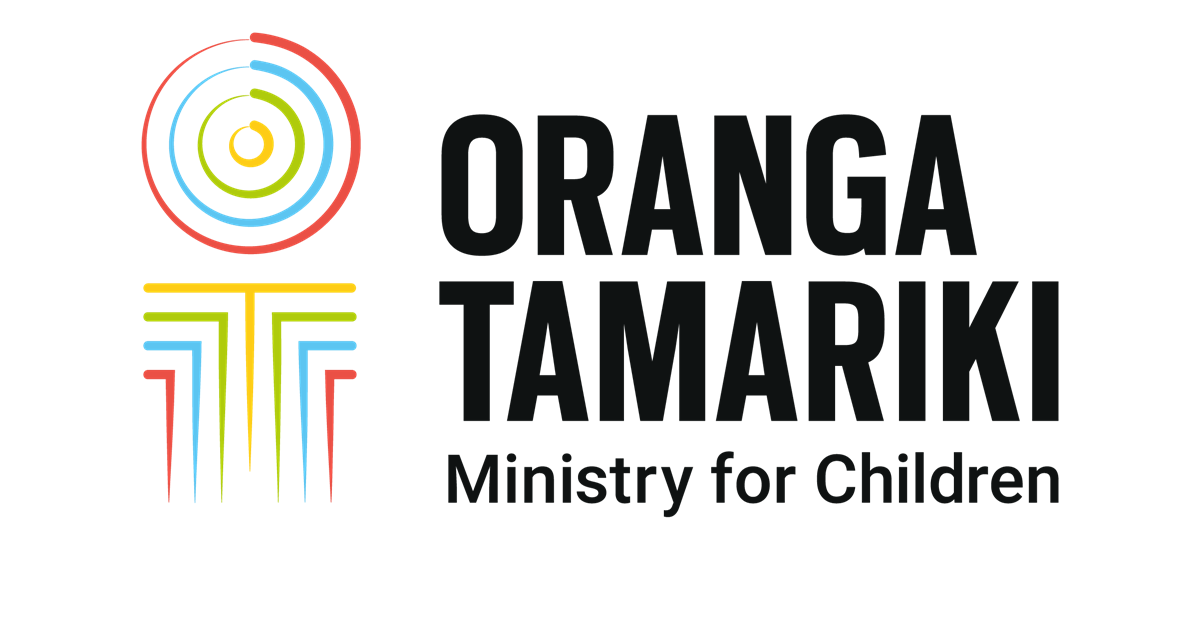2. Assessing safety
How we assess a child's safety and wellbeing.
Establishing immediate safety
A social worker’s first contact with the tamaiti and their whānau must first answer the question:
Is the child safe right now?

This helps social workers decide whether:
- the tamaiti is safe without needing to take any other action
- the tamaiti is safe but more support might be needed
- the tamaiti may not be safe but can be supported to be safe with the right support in the home
- the tamaiti is not safe and urgent action is required to protect them.
In some cases this will lead to an urgent decision to bring a tamaiti into care. Or relocate them with a whānau member while supports are put in place.
How we engage with whānau
To make these decisions we need to understand what's happening from the perspective of the tamaiti, their whānau and those who support them. We do this by:
- visiting the child's kāinga and talking to their parents and whānau
- talking to the tamaiti
- sharing our concerns through whānau hui.
We also:
- consider prior history we know about the tamaiti and whānau
- seek the views of others working with whānau
- work with partner agencies.
If there are concerns for an unborn pēpi, we look to work with whānau before the baby is born. This means we can make an assessment, hold a family group conference and organise supports for when the tamaiti is born to support the whānau.
Assessing the wellbeing of tamariki
We consider 3 main things:
- Mokopuna ora — their holistic wellbeing
- Kaitiaki mokopuna — their caregiver's capacity to nurture their wellbeing
- Te ao hurihuri — the whānau, social, cultural and environmental influences surrounding them.

The framework promotes 5 outcome areas: safe, belong, healthy, achieving, participate.

Published: August 1, 2023


Social workers don't make this decision alone
We support safe decision-making using the following methods:
Professional supervision
Supervision is provided by experienced, senior practitioners. This includes maintaining a focus on the interests of tamariki, whānau and caregivers.Child and family consultation
This helps social workers structure their thinking about what they know is happening in the whānau. It helps social workers to identify and consider indicators of danger/harm alongside indicators of safety and strengths together with other agencies that can provide support for this whānau including Police, Health, Housing.
Working with key community members and professionals
These are called Care and Protection Resource Panels and are attached to each Oranga Tamariki site. Social workers must consult with the Panel during their investigation. The Panel’s role is to provide advice and guidance to social workers including alternative services and support that could be made available to the tamaiti and their whānau.